Walking a new puppy - How long to walk for, where to go and how to recover from inevitable setbacks
Alexandra Fraser discusses the ups and downs of puppy walking, and why you shouldn’t let a small setback throw your confidence.
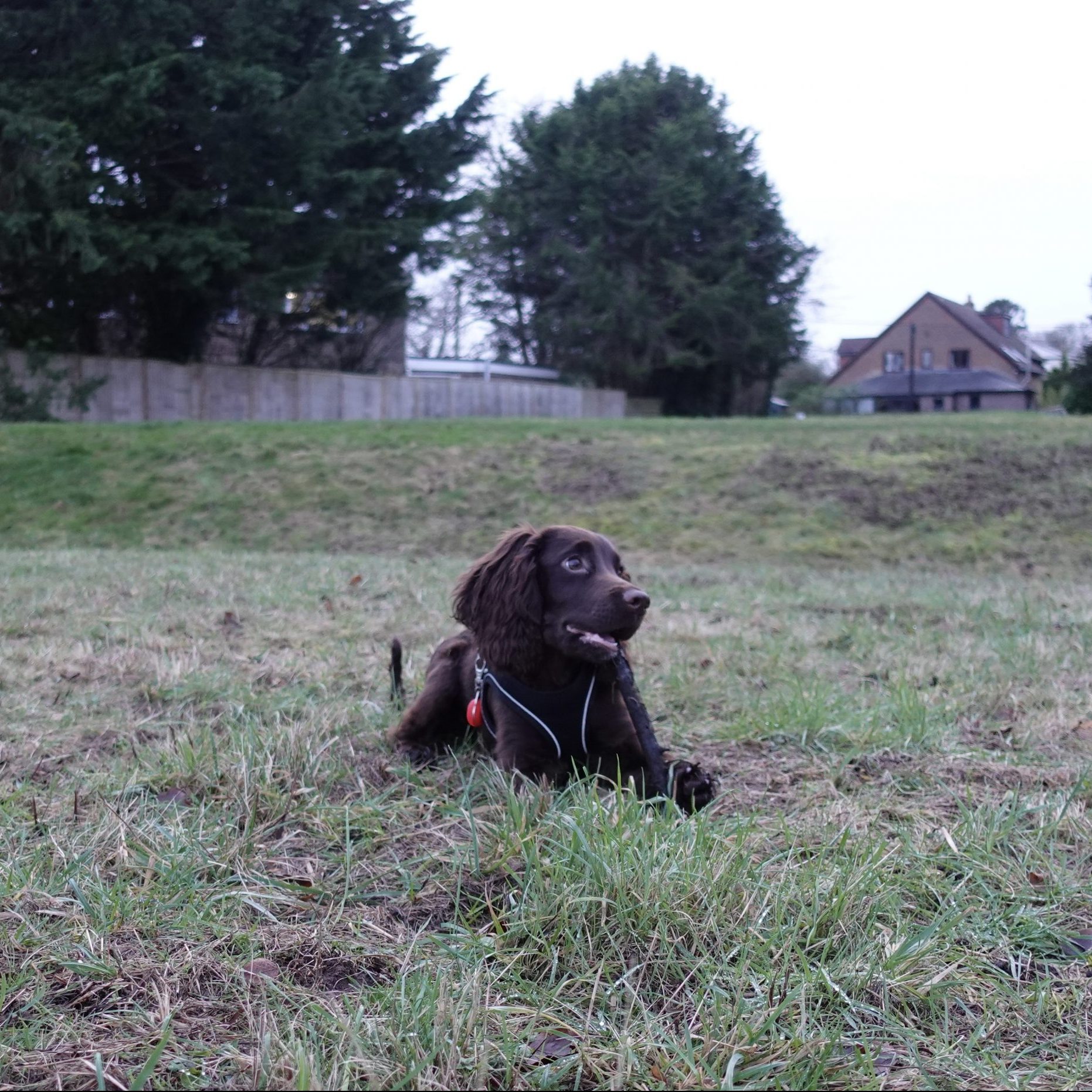
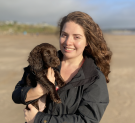
“I actually write a column on spaniels for Country Life.” I said conversationally as I tugged Wilf away from a Londoner’s completely disinterested Springer after chasing the three of them halfway across Clapham Common. At speed.
I like to think I’m a good dog owner. I’ve done all the reading, all the research. I even write about it occasionally. But there are times where I have doubts.
Take Wilf’s recall. We worked extremely hard on it before he was fully vaccinated, and he was off the lead by the time he was allowed outside. When we introduced the whistle, he took to it like a spaniel in water. He has bad days, but in general he’ll come back when called, even when he’s playing with other dogs.
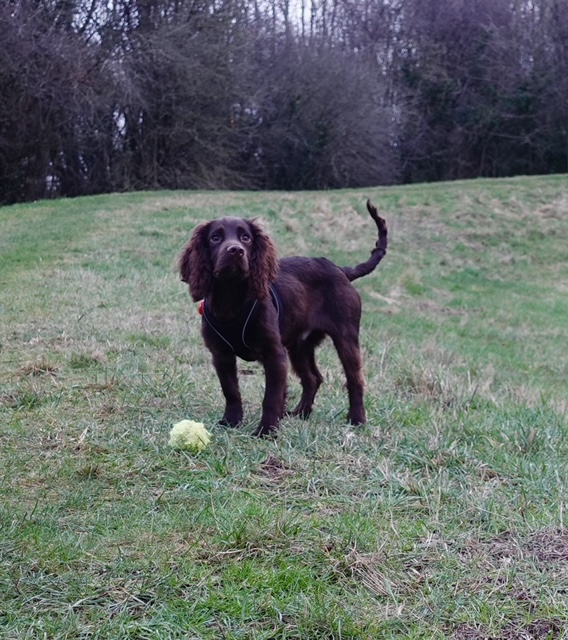
Then there was last weekend, when my best friend sent me three ‘Fenton’ gifs as I sprinted after a puppy hell-bent on outrunning an older, faster spaniel. Sufficed to say, he will not be off the lead in London again anytime soon.
'This is the period where we must imprint on our dog the positive exposures and experiences of the world that we expect them to live in when they grow into an adult.'
- Jacob Morgan, founder and trainer at the Yorkshire Canine Academy.
I took Wilf out the day after his Great Adventure. Safely back in Hampshire and away from the hustle and bustle of the Big Smoke, he was good as gold. He dropped his ball on command and returned with every blow of the whistle.
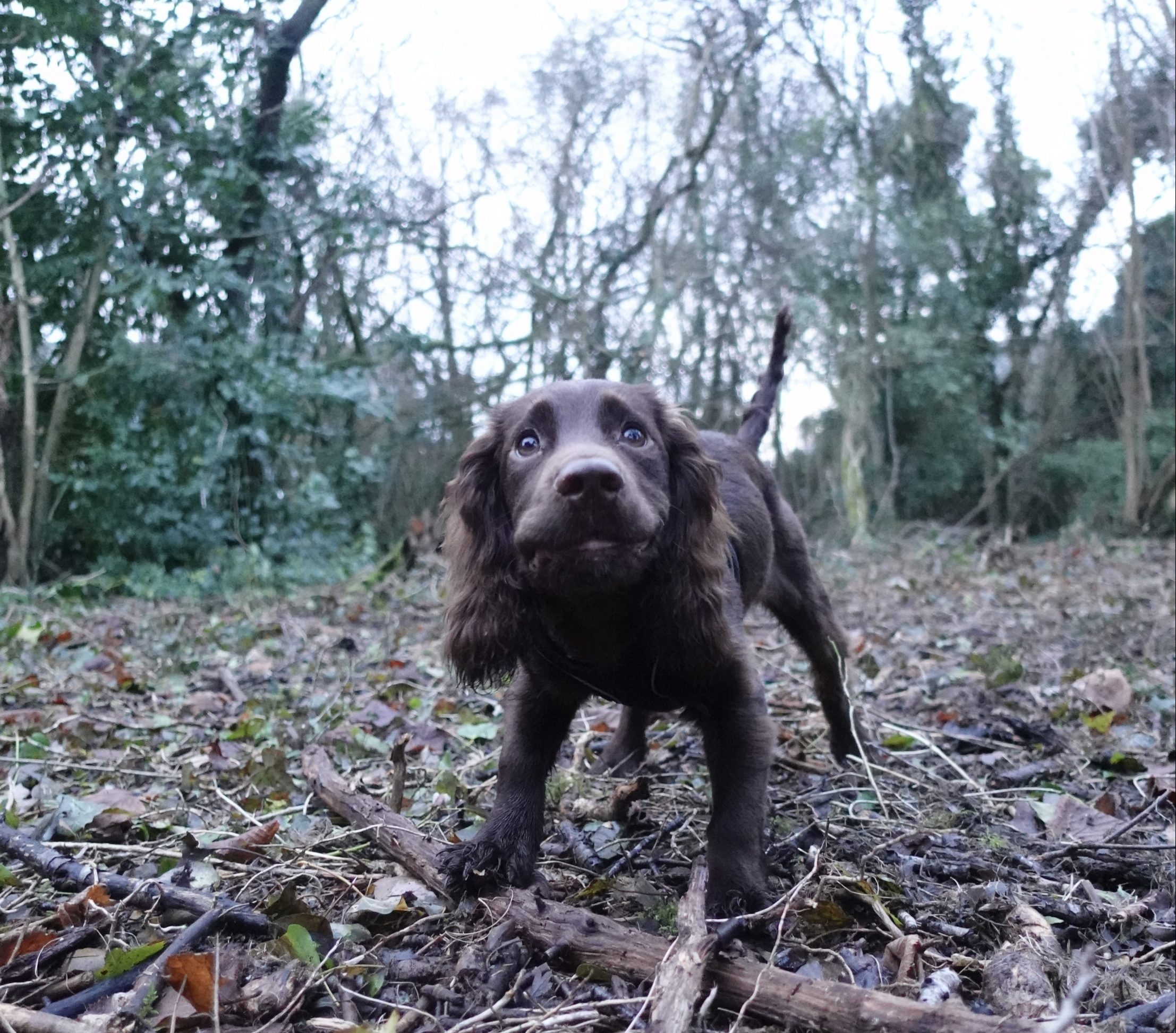
Sometimes I find Wilf’s wilful disobedience frustrating. He’s a smart dog, probably the smartest dog I’ve ever met. He knows when he’s being bad - you can almost see the cogs turning in his little head when he decides to misbehave.
'Wilf isn't always a walk in the park. Sometimes he's a traffic jam on the A4 with no end in sight.'
But other times I remember that he’s just a puppy with an enormous amount of energy to use up and lots of love to give.
Sign up for the Country Life Newsletter
Exquisite houses, the beauty of Nature, and how to get the most from your life, straight to your inbox.
Wilf isn't always a walk in the park. Sometimes he's a traffic jam on the A4 with no end in sight. Luckily, he's very cute and I love him more than anything.
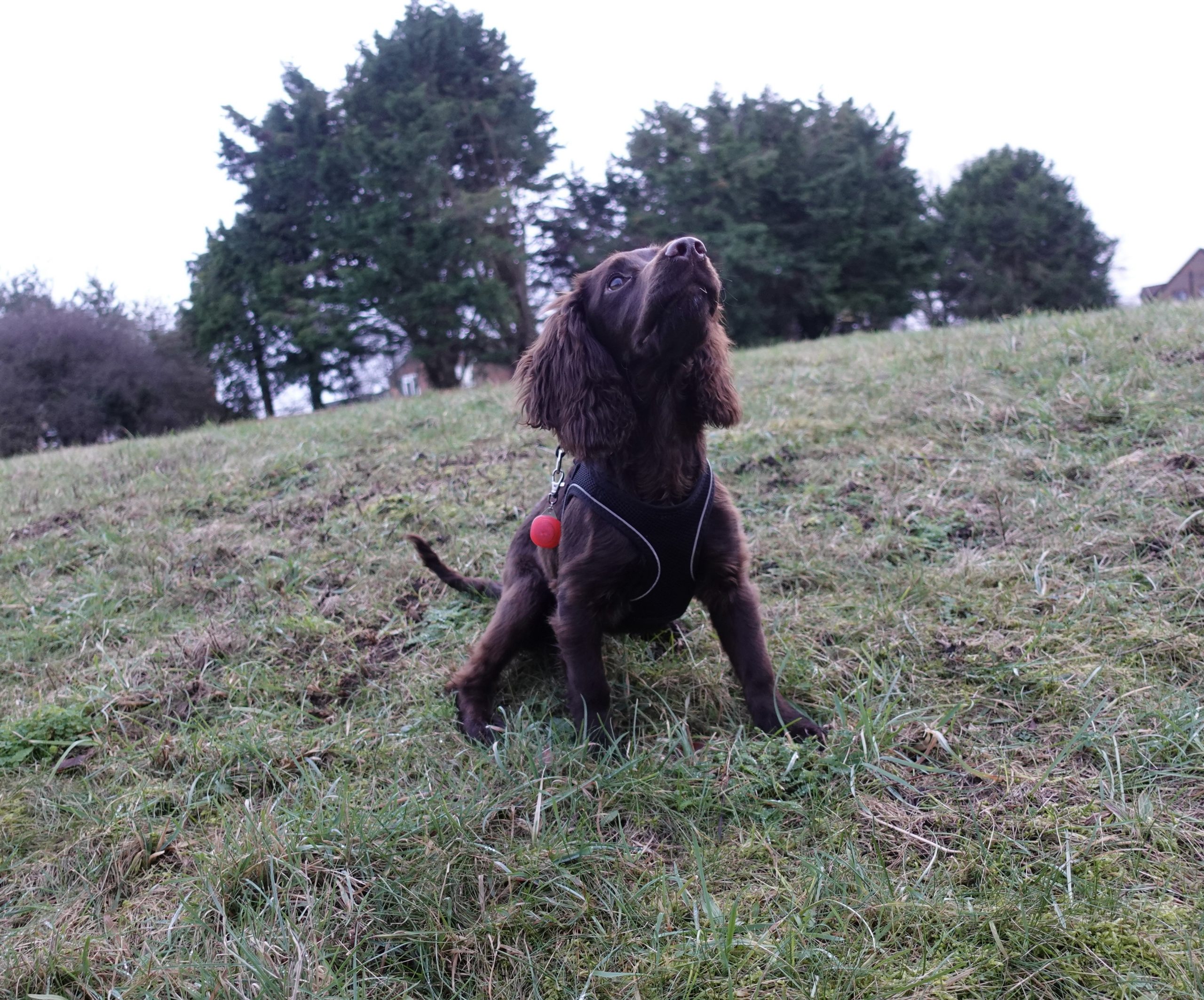
Five top tips for surviving the first few weeks of dog walking
Don’t walk your puppy too far too soon. As a rule, you should walk your puppy for five minutes per month of age until they’re fully grown, up to twice a day. Wilf is 5 months old, so the maximum we should be walking him is two 25-minute sessions a day.
Try lots of new places while they’re young. While you’re getting your puppy used to being outside, a straightforward walking route is best. Once they’re confident, try a variety of different walks – by the river, over fields, along a quiet road, in a place with lots of other dogs. Expose them to lots of new situations to help their confidence grow.
Choose a harness over a collar at first. With bigger breeds, a collar can be fine from quite a young age. However, I find with smaller dogs (especially smaller energetic dogs), walking them on just a collar pulls their necks too much. We'll get a proper lead for Wilf when he's older and a harness for when we run with him, but for now he's making his way through Pets at Home's mesh harness range one size at a time.
Play before walkies! Our friends at the Yorkshire Canine Academy say that playing with your pup before you take them for a walk gets natural endorphins flowing. This helps to build their stamina and let them know that they will have fun.
Do not forget the treats. Treats are an extremely valuable training tool - we reward Wilf every time he responds to the whistle, every few times he retrieves his ball and when he walks at heel. His favourites at the minute are Wainwright's salmon minis - they're easy for him to eat quickly and the bags last a long time.
New to The Puppy Diaries? Catch up on Wilf's exploits here.
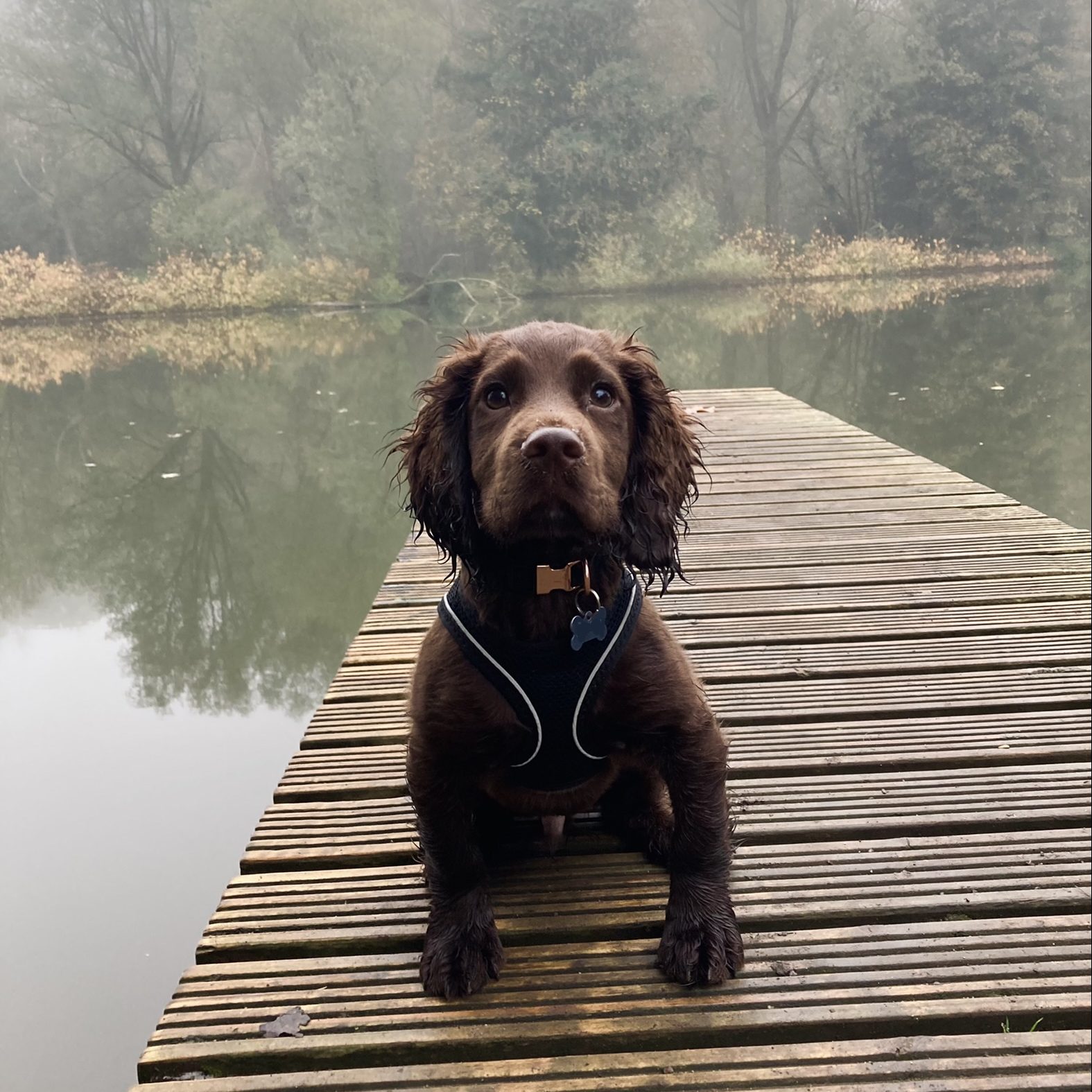
The ten unwritten rules of walking your dog - and how to follow them
Being a responsible dog owner is more than just picking up after your pup and stopping them from stealing sandwiches
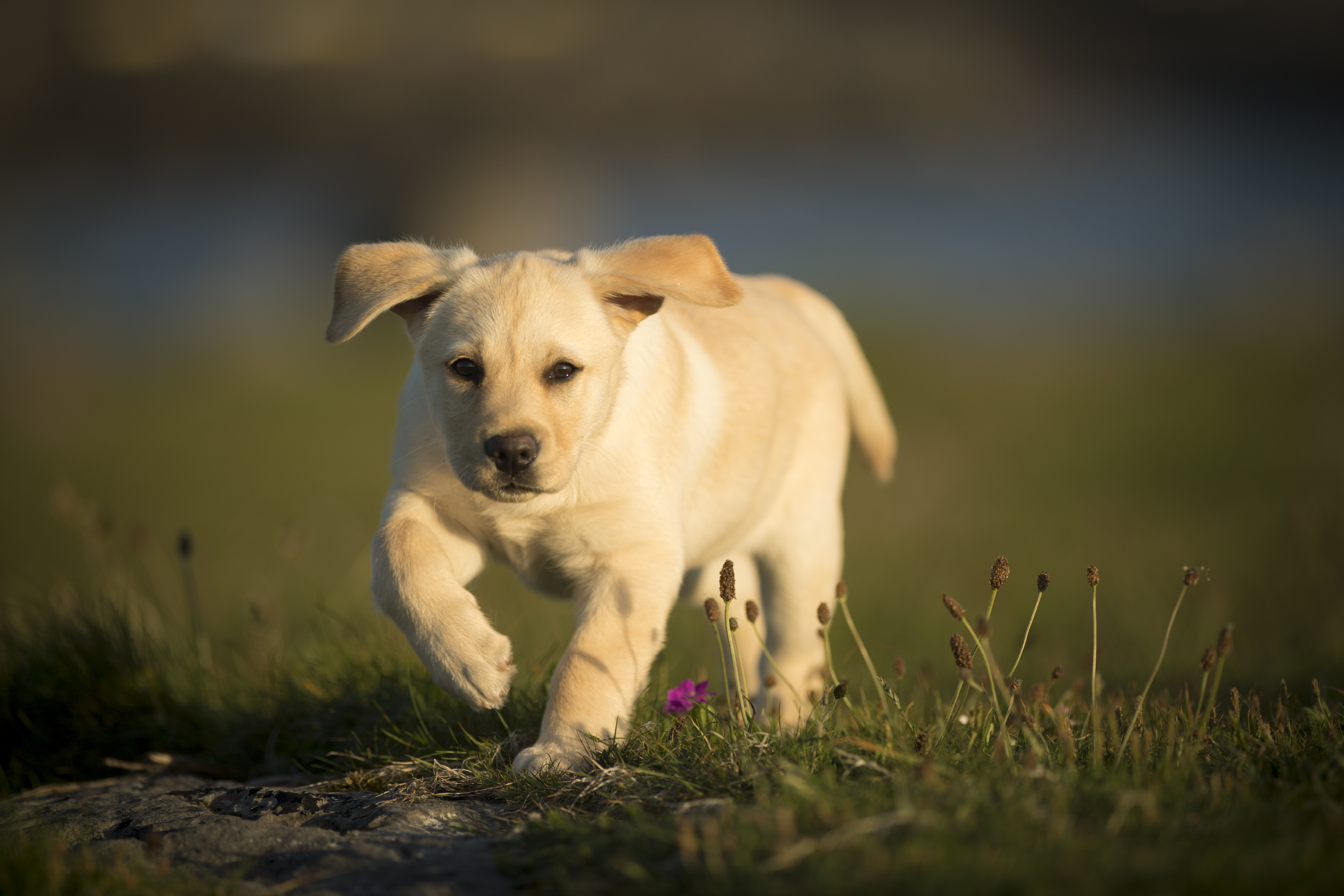
Five top tips to make the most of your dog walk, plus five incredible National Trust spots to explore off-lead
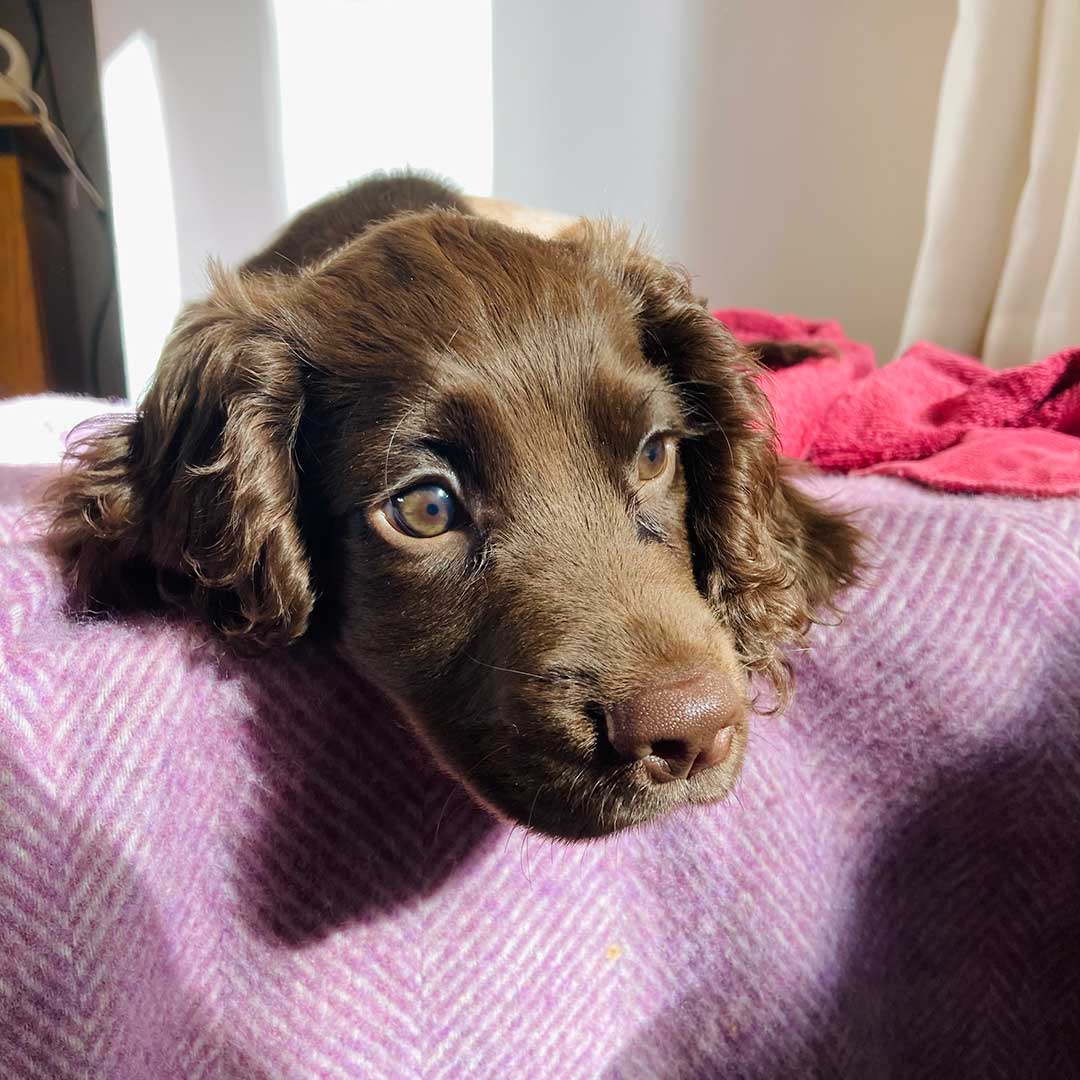
The Puppy Diaries: 'You cannot go to see a seven-week-old cocker spaniel puppy and not fall in love'
Alexandra Fraser and her partner didn't decide to get a dog; they merely decided to go and see a dog.
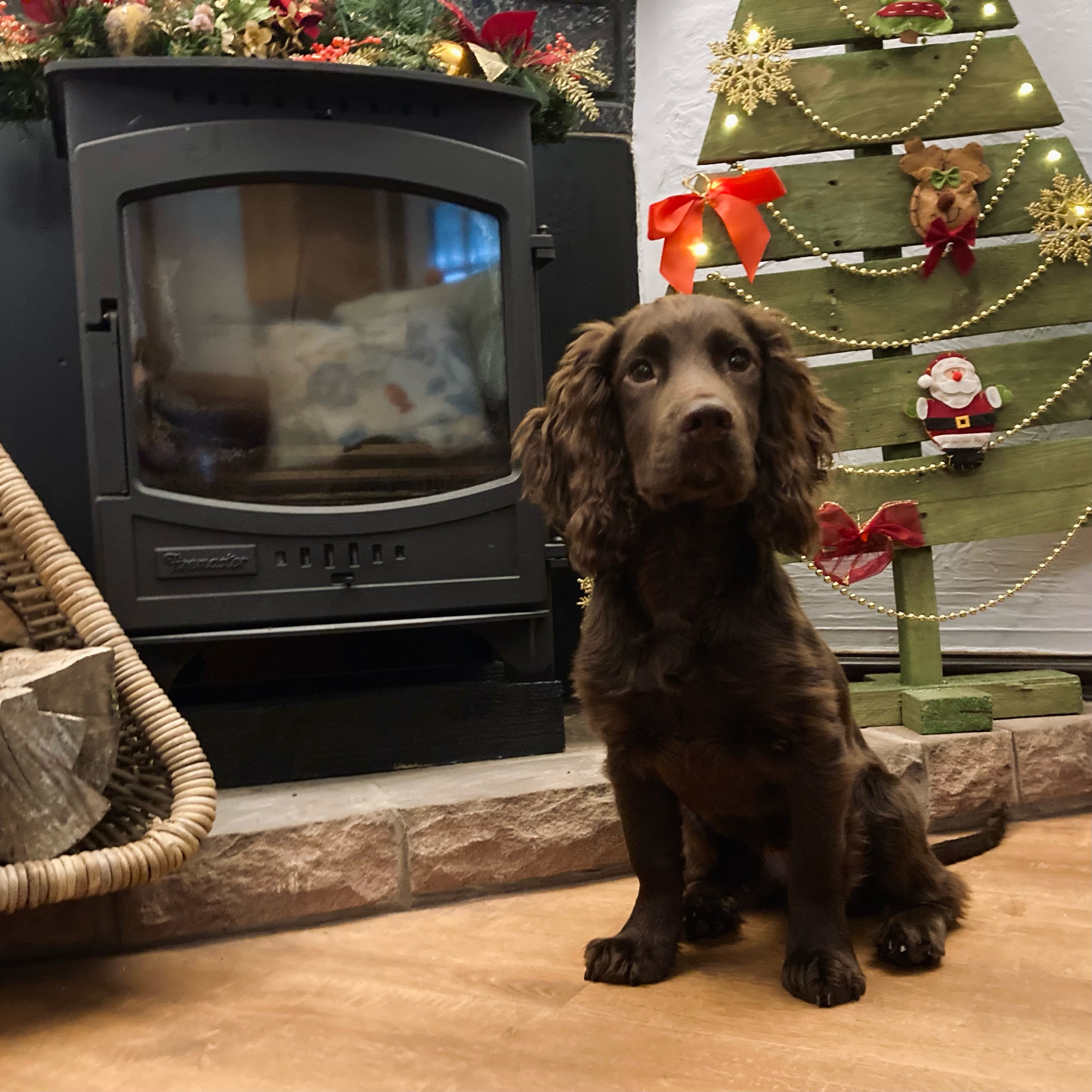
Five things that your puppy shouldn't eat - and what to do when they eat them
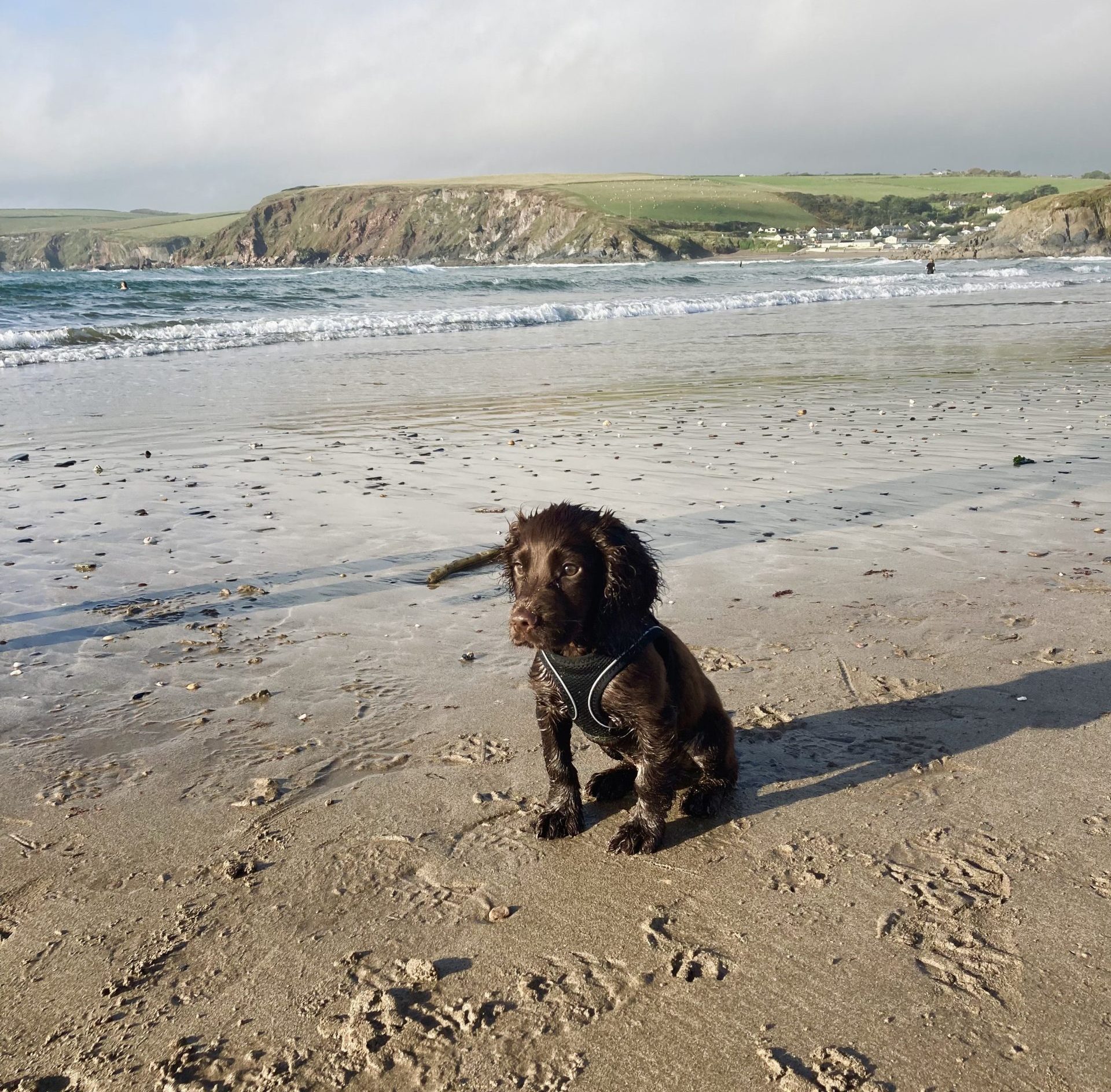
Credit: Alexandra Fraser
Top tips for taking your puppy on holiday
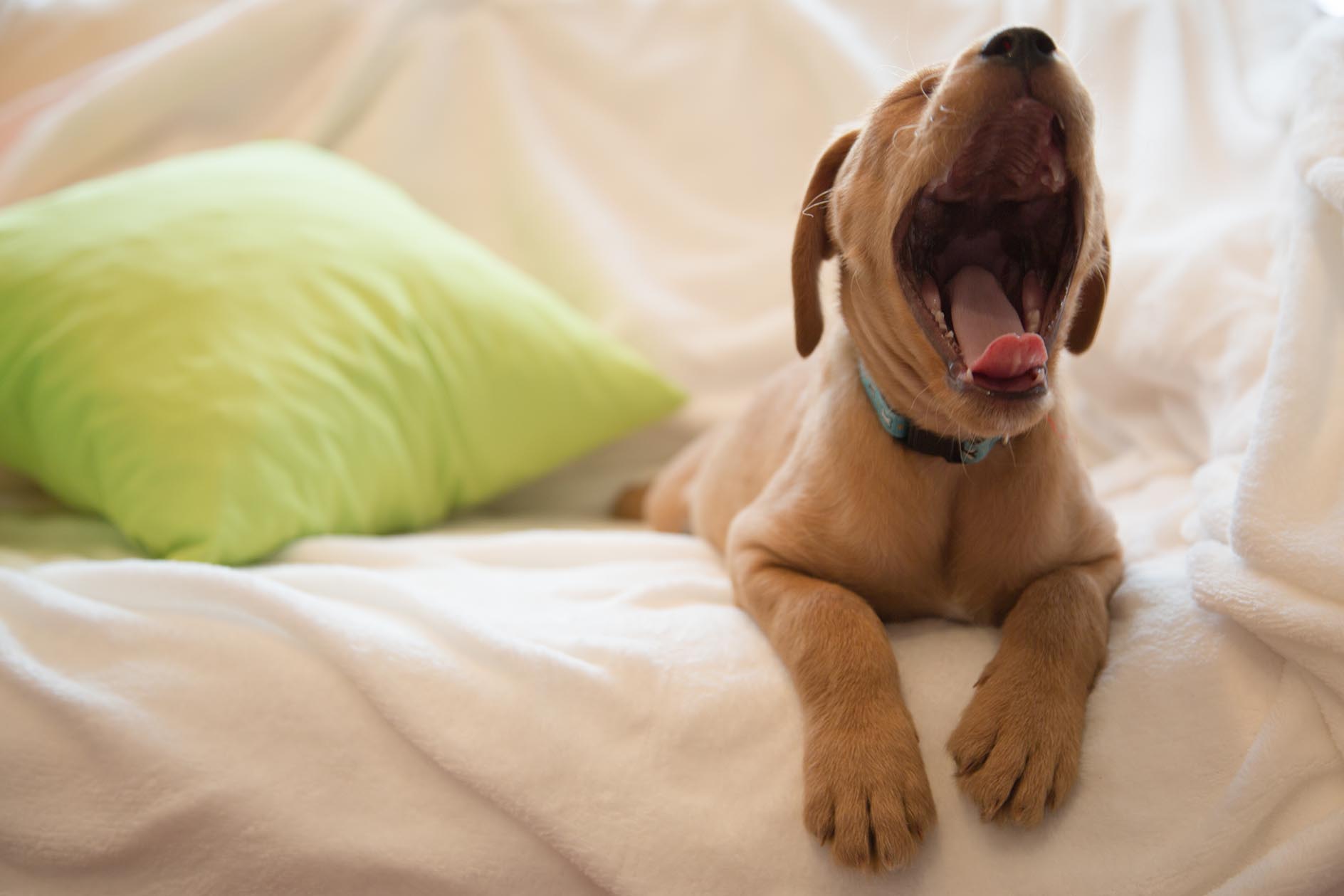
The Puppy Diaries: 'The first night wasn't too bad. The second night was… different. We were up and down more than the Grand Old Duke of York'
Alexandra Fraser — who recently bought a cocker spaniel called Wilf — details the ins and outs of sleep-training a new
-
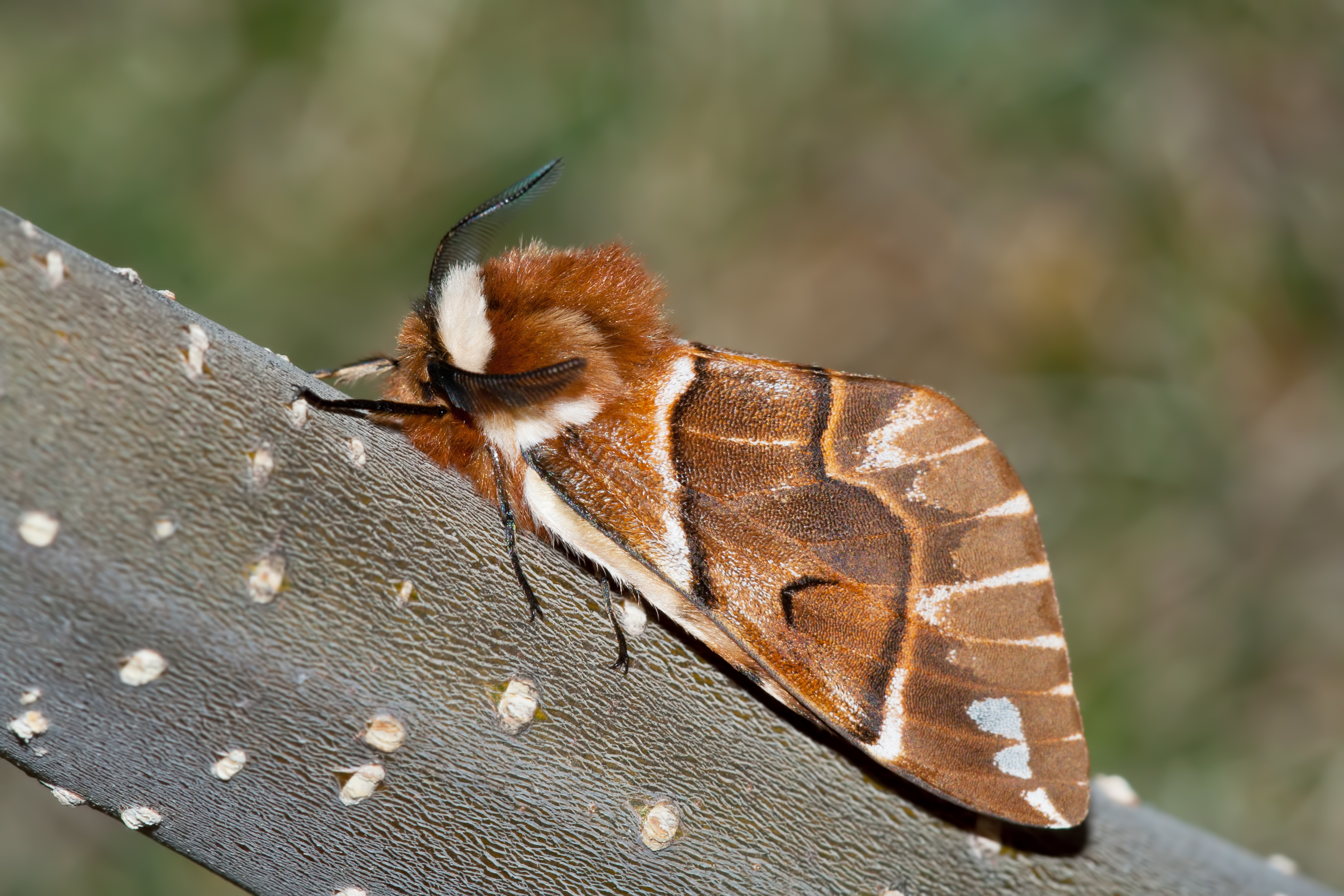 In all its glory: One of Britain’s most striking moth species could be making a comeback
In all its glory: One of Britain’s most striking moth species could be making a comebackThe Kentish glory moth has been absent from England and Wales for around 50 years.
By Jack Watkins
-
 Could Gruber's Antiques from Paddington 2 be your new Notting Hill home?
Could Gruber's Antiques from Paddington 2 be your new Notting Hill home?It was the home of Mr Gruber and his antiques in the film, but in the real world, Alice's Antiques could be yours.
By James Fisher
-
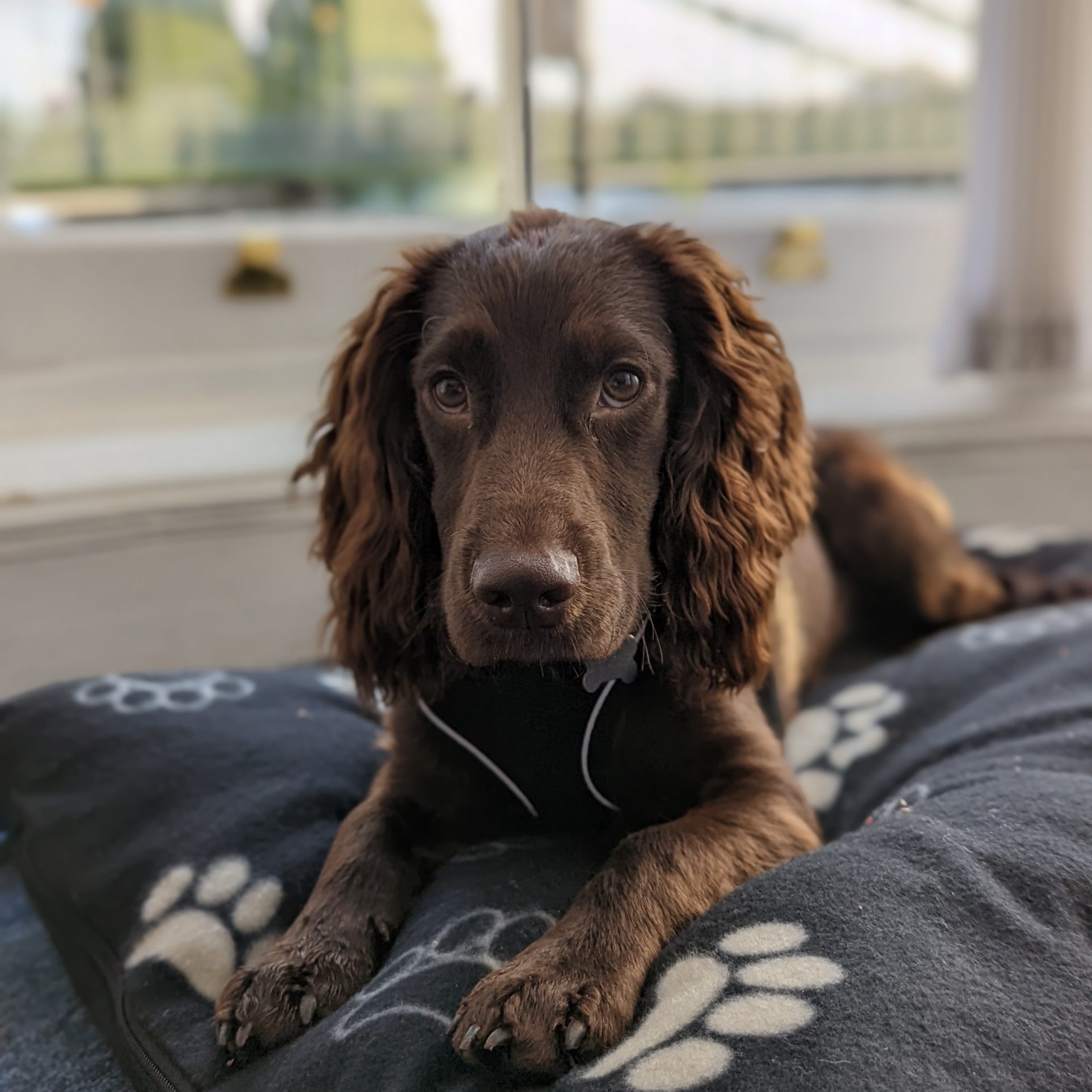 The ten worst things your dog can do in the office
The ten worst things your dog can do in the officeAs the nation starts to head back to desktop computers and ten minute tea breaks, Alexandra Fraser lives in fear of Wilfred disgracing himself at her new job.
By Alexandra Fraser
-
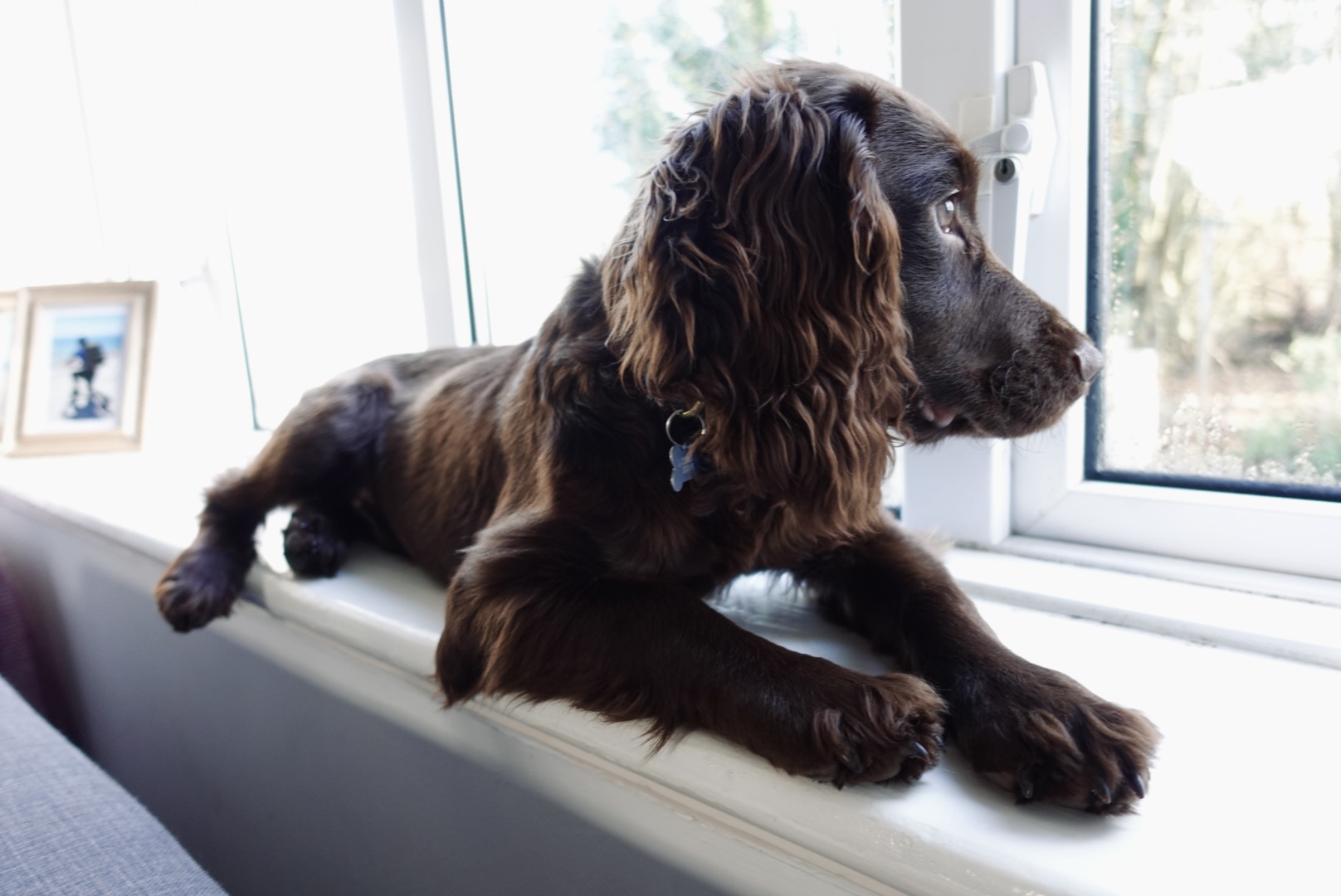 Dog photography: How to capture perfect pictures of your pooch
Dog photography: How to capture perfect pictures of your poochDog photography (or phodography) has risen in popularity in recent years, ever since our phones became able to capture beautiful shots of even the fastest whippet. Alexandra Fraser explains why she's determined to capture Wilf's life on film, and how she does this while still letting him be a puppy.
By Alexandra Fraser
-
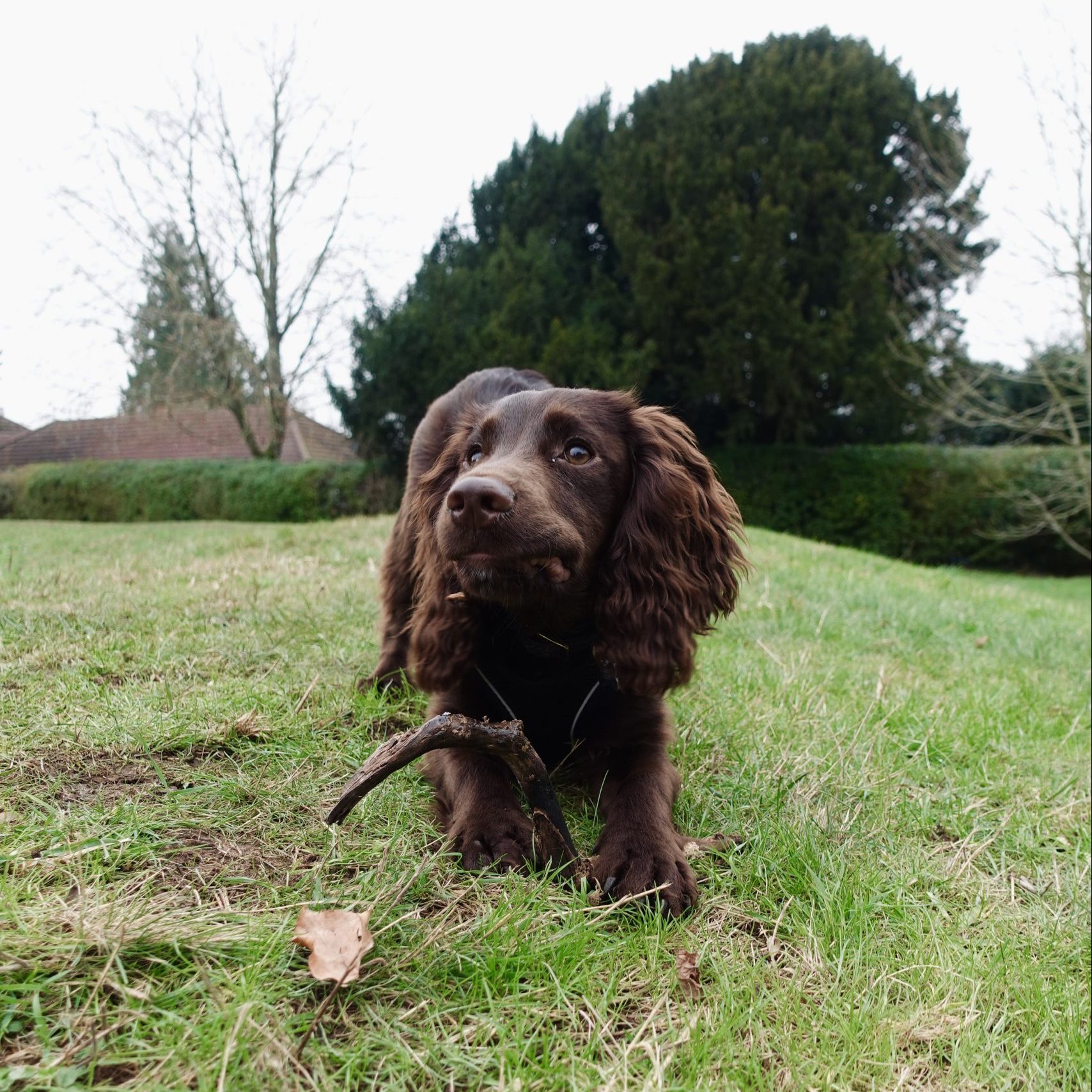 Clicker training – The fastest way to teach a new spaniel new tricks
Clicker training – The fastest way to teach a new spaniel new tricksAlexandra Fraser uses her working from home lunch breaks to expand on Wilf’s repertoire of commands and tricks. This week she talks through clicker training, and how to teach everything from ‘sit’ to the slightly more complicated ‘tidy up’.
By Alexandra Fraser
-
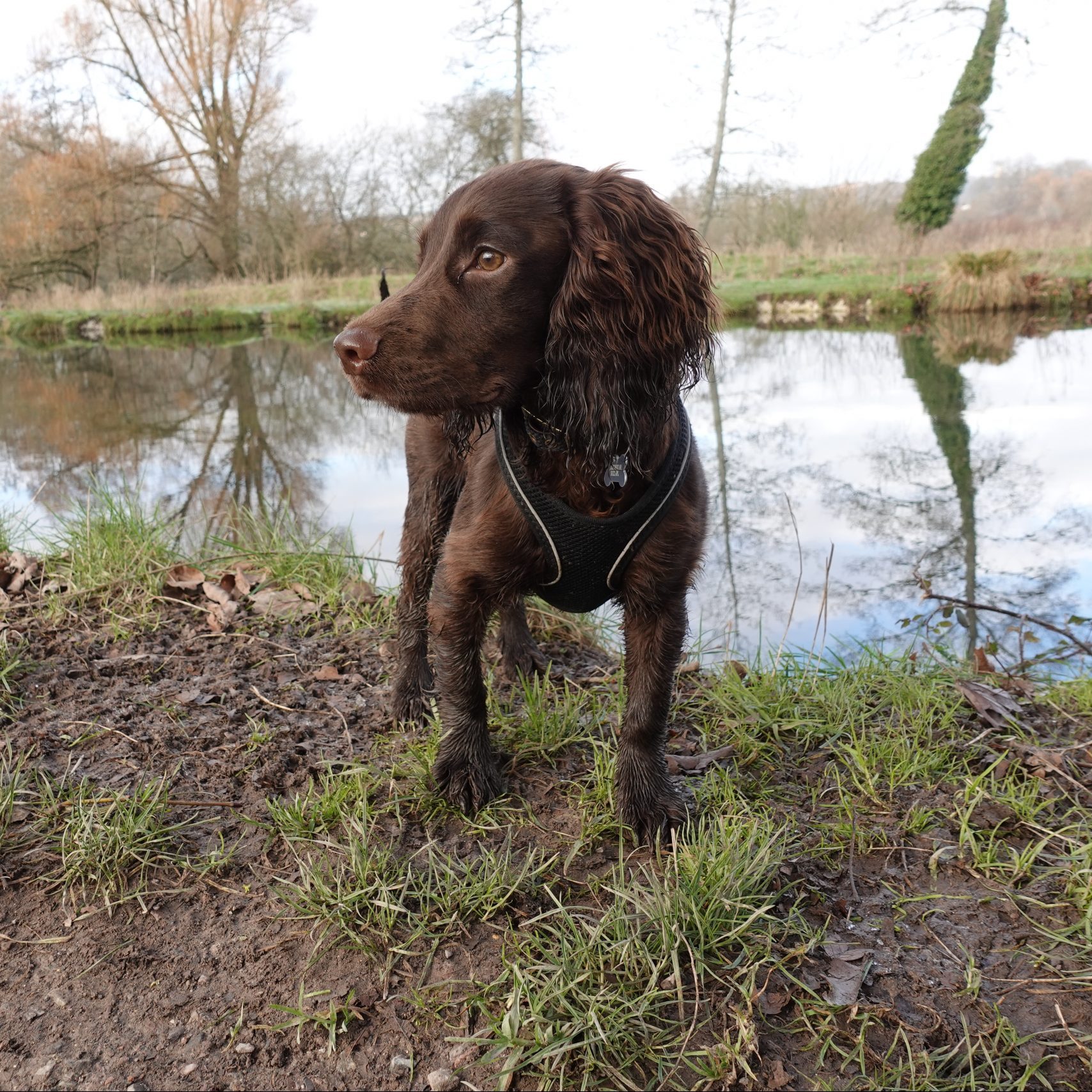 Top tips for grooming a mucky puppy - from easy bath times to tidy pub trips
Top tips for grooming a mucky puppy - from easy bath times to tidy pub trips‘Mucky pup’ is the operative word for an absolute mess – with very good reason. Alexandra Fraser explains how she manages to keep Wilf well-groomed, while still allowing him to having his fun outside.
By Alexandra Fraser
-
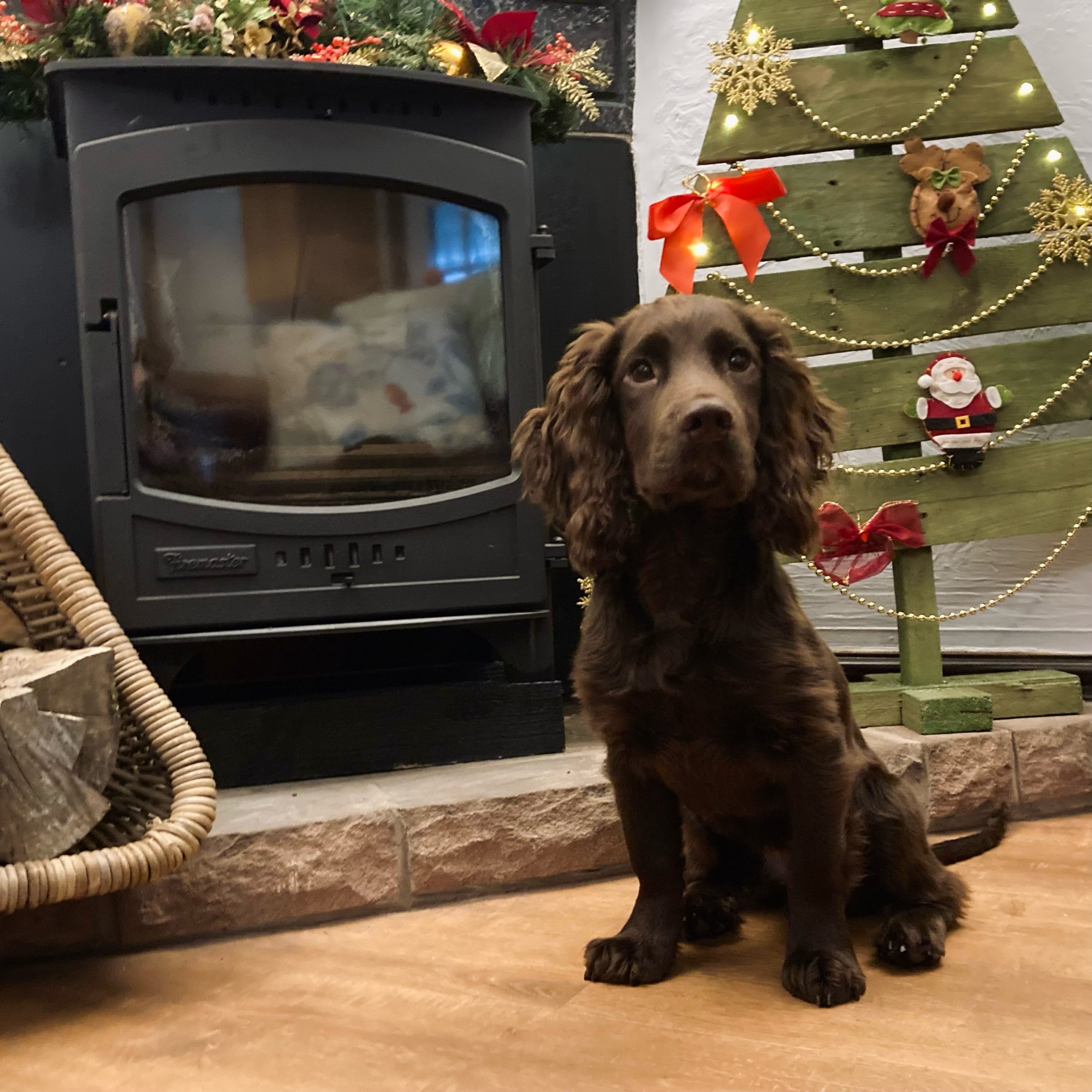 Five things that your puppy shouldn't eat - and what to do when they eat them
Five things that your puppy shouldn't eat - and what to do when they eat themFive visits to the vets later, Alexandra Fraser reflects on the dangers faced by a hungry puppy and the benefits of pet insurance.
By Alexandra Fraser
-
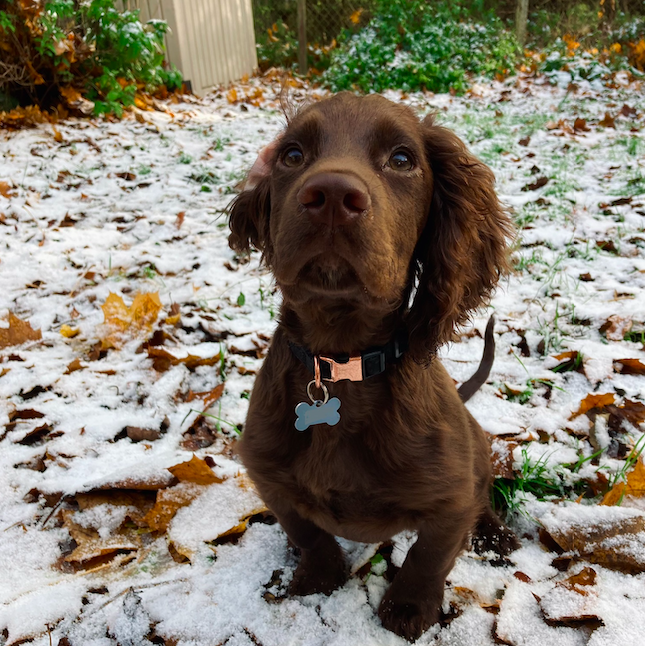 Five reasons why you shouldn't get a dog for Christmas
Five reasons why you shouldn't get a dog for Christmas‘A dog is not for Christmas’ is a well-known saying that encapsulates what it means to be a dog owner – it’s not just one day, or the good days, or the days you actually want to go for a walk in the rain. Alexandra Fraser does away with the sugar coating and explains why a furry friend might not be the most appropriate gift this year.
By Alexandra Fraser
-
 The ten unwritten rules of walking your dog - and how to follow them
The ten unwritten rules of walking your dog - and how to follow themBeing a responsible dog owner is more than just picking up after your pup and stopping them from stealing sandwiches at the picnic.
By Alexandra Fraser
-
 Top tips for taking your puppy on holiday
Top tips for taking your puppy on holidayHot off his vaccinations, Wilf heads down to Devon for his first glimpse of sand and sea.
By Alexandra Fraser